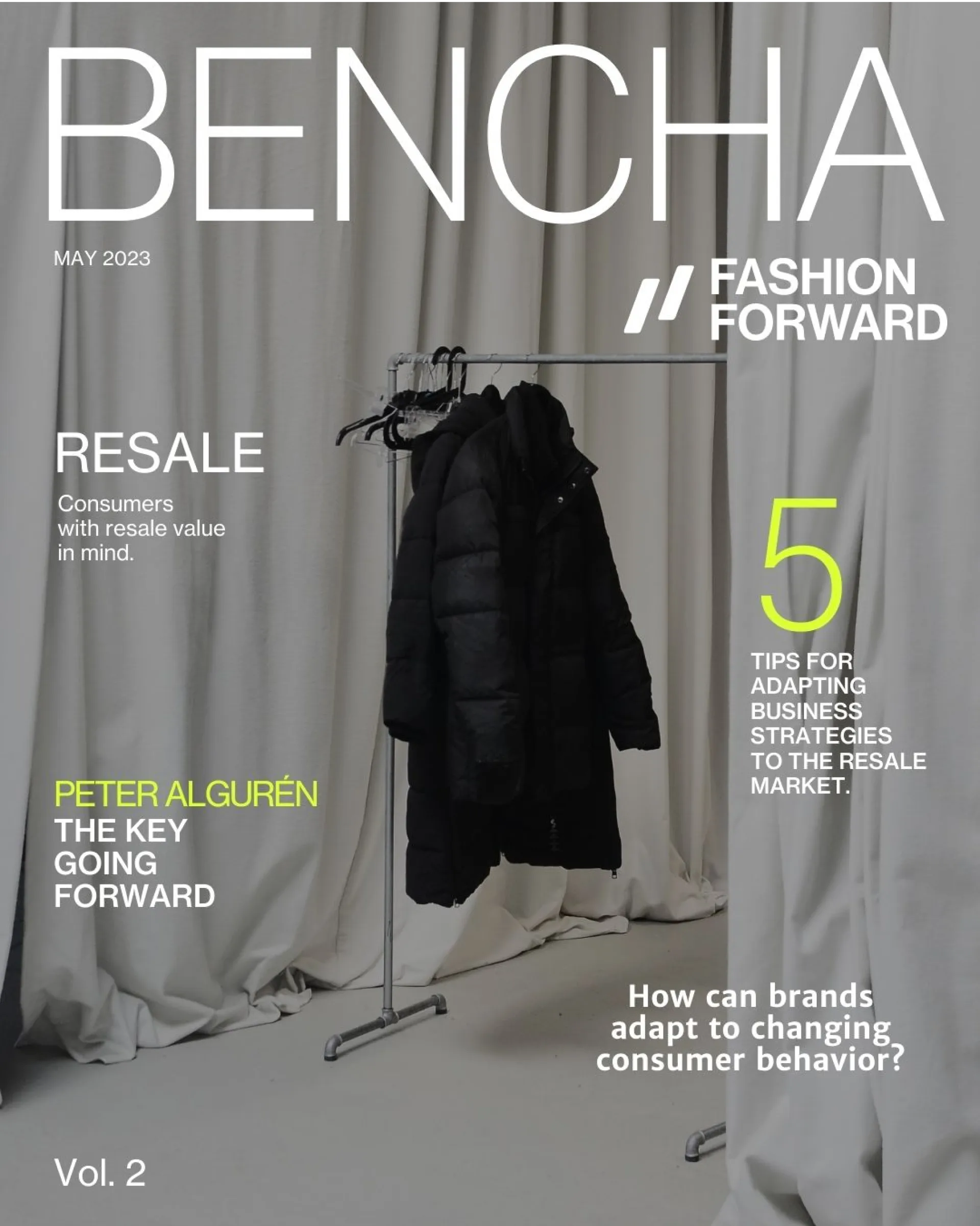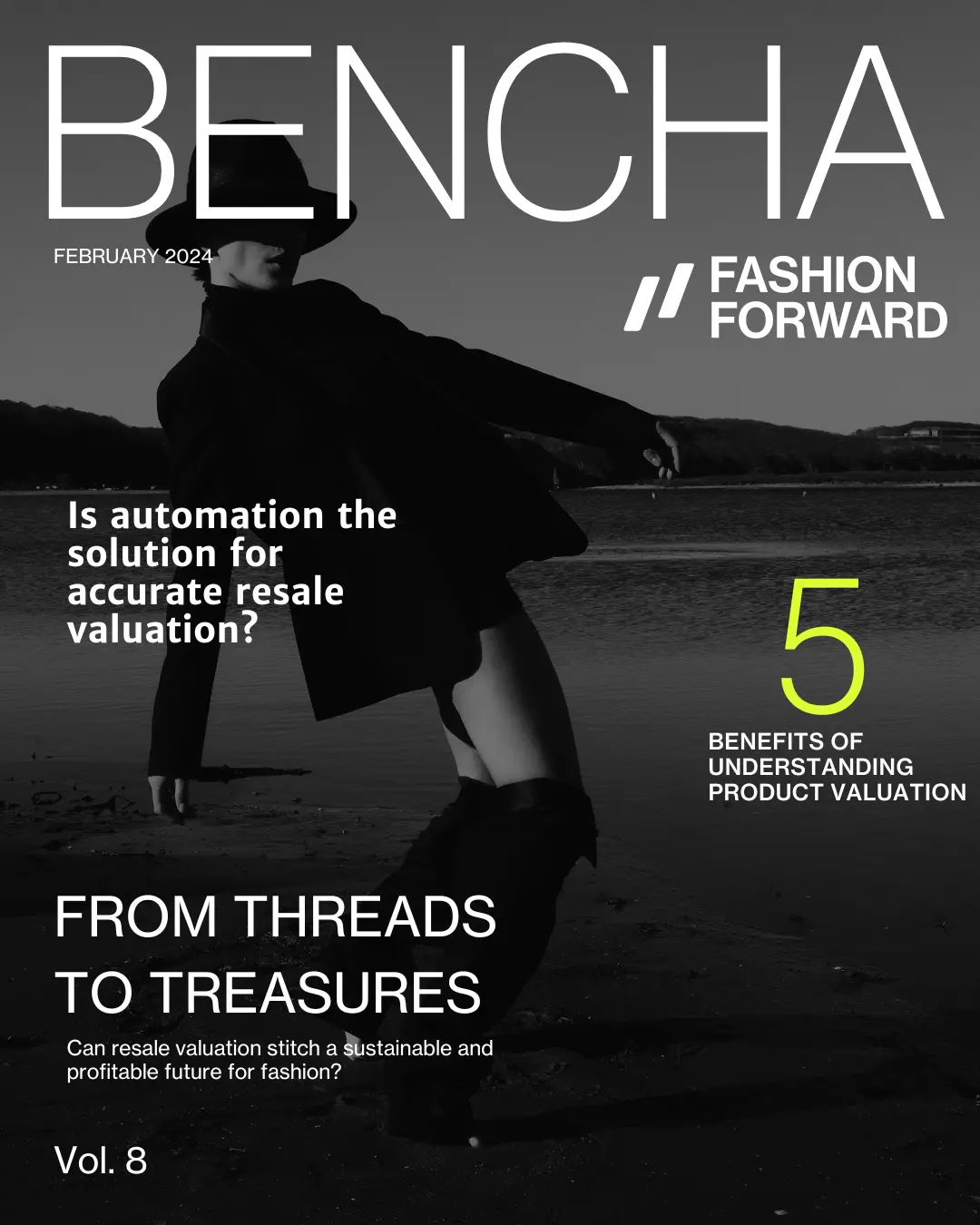How do resale value affects consumer behavior
How do resale value affect consumer behavior and what strategies to brands need to adapt to circular business models?

Consumers with resale value in mind
The global expansion of the resale market is gaining momentum, forcing companies to adapt to new consumption patterns and meet increased demands from the new generations. In this weeks edition we cover how resale value affects consumer behavior and what strategies businesses need to adapt to circular business models.
58% of consumers has considered the resale value of apparel before buying it.
42% of Gen Z is less likely to buy an apparel item if it does not have a good resale value.
The new generations see their purchases more as investments and have higher demands in the products they buy. This means companies need to start adapting to new consumption patterns in order to retain their consumers.
The key for brands going forward
The key going forward is to blur the lines between new and used and thereby maintain maximum value, which I believe is best achieved through reuse models under each brand. The fundamental requirement is that the products are long-lasting, meaning they are of high quality, repairable, and timeless.
- Peter Algurén | Director, Sustainable Business Transformation
How can brands adapt to changing consumer behavior?
To adapt your business to the growing market for resale, brands should consider the following strategies:
- Embrace circular business models and integrate resale into your strategy.
- Design durable and long-lasting products with resale value in mind.
- Implement digital product passports to provide comprehensive authentication of your products, validating their durability and quality.
- Support aftermarket services and repairs for your products.
- Leverage data and analytics to gain insights into the resale market.
By implementing these strategies, brands can enhance the resale value of their products, cater to consumer demand for secondhand goods, foster brand loyalty, and contribute to a more sustainable and circular economy.


